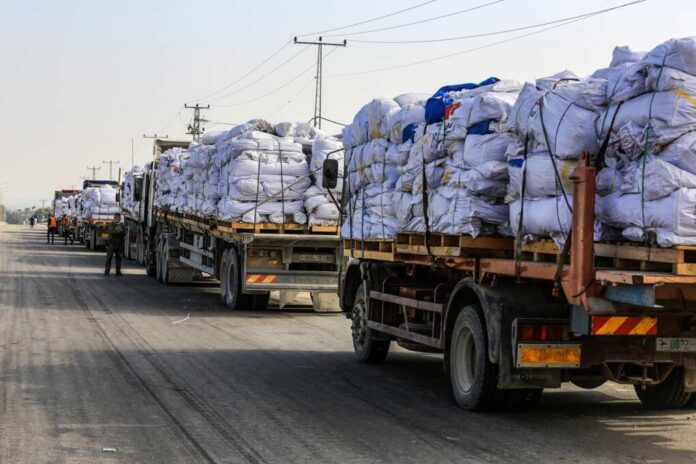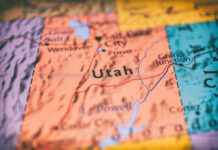
Though Israel has eased its blockade on Gaza, persistent delays and dangerous conditions are preventing critical humanitarian aid from reaching civilians facing a worsening famine.
At a Glance
- Only a limited number of aid trucks have entered Gaza despite the easing of Israel’s blockade
- Most deliveries remain stalled at border crossings or are intercepted by desperate residents
- The UN warns that no significant aid will reach Gaza unless the Rafah crossing is reopened
- The World Food Programme has run out of supplies, with nearly 3,700 children treated for malnutrition in March
- Humanitarian workers face extreme risk while delivering aid
Frustration at the Borders
Despite Israel’s recent decision to allow aid into Gaza, the trickle of humanitarian support is proving dangerously insufficient. According to the Palestinian Red Crescent, most trucks remain stuck at the Karem Shalom crossing, held up by protracted inspections.
“I can prove that nobody has received [aid],” said Younis Al-Khatib. “Most of these trucks are still at the border, inspected, but not into Gaza.” This bottleneck is compounding the suffering in a region already pushed to the brink.
Even when supplies manage to enter, distribution is fraught with chaos. UN spokesperson Stephane Dujarric acknowledged that some aid trucks were intercepted by civilians in Gaza—an act he stressed was driven by desperation, not violence.
Inadequate Aid Amid Mounting Crisis
Some positive signs have emerged. A few bakeries in Gaza are reportedly receiving flour again, allowing limited bread production. “We expect the distribution of bread to begin later today,” said Amjad al-Shawa. However, these small gains pale against overwhelming need.
Watch a report: What are the setbacks to aid delivery in Gaza?.
The World Food Programme has exhausted its supplies in Gaza, a dire development with immediate consequences: over 3,700 children were treated for acute malnutrition in March alone. Aid groups stress that reopening the Rafah crossing, closed since May 7, is essential for stabilizing the crisis.
Frontline Workers Under Fire
Delivering humanitarian relief in Gaza is not only logistically difficult but life-threatening. “We have had to continue our work, despite the lack of safety,” said aid worker Mohammad Nairab, noting the urgent need for water distribution under fire.
In response to criticism, Israel has outlined a plan involving phased food distribution and designated zones free of militant activity. Yet aid organizations remain skeptical, arguing that these measures fail to meet humanitarian standards and unfairly burden civilians.
Escalating Humanitarian Breakdown
The blockade has triggered a sharp rise in food prices and near-total collapse of Gaza’s health and nutrition systems. According to Oxfam America, 29 people have died from starvation-related causes—most of them children and elderly individuals.
“People are in terror, fearing for their lives,” said aid official Clemence Lagouardat, describing families forced to flee with whatever they can carry. These displacement orders, coupled with the blockade, are creating an unlivable environment for civilians.
Calls are growing for a permanent ceasefire and full humanitarian access. Advocacy groups including Oxfam are urging Congress to halt arms transfers to Israel and pressure both sides toward diplomatic solutions.
Until then, Gaza’s population remains trapped in a humanitarian emergency—with no clear path to relief.




















